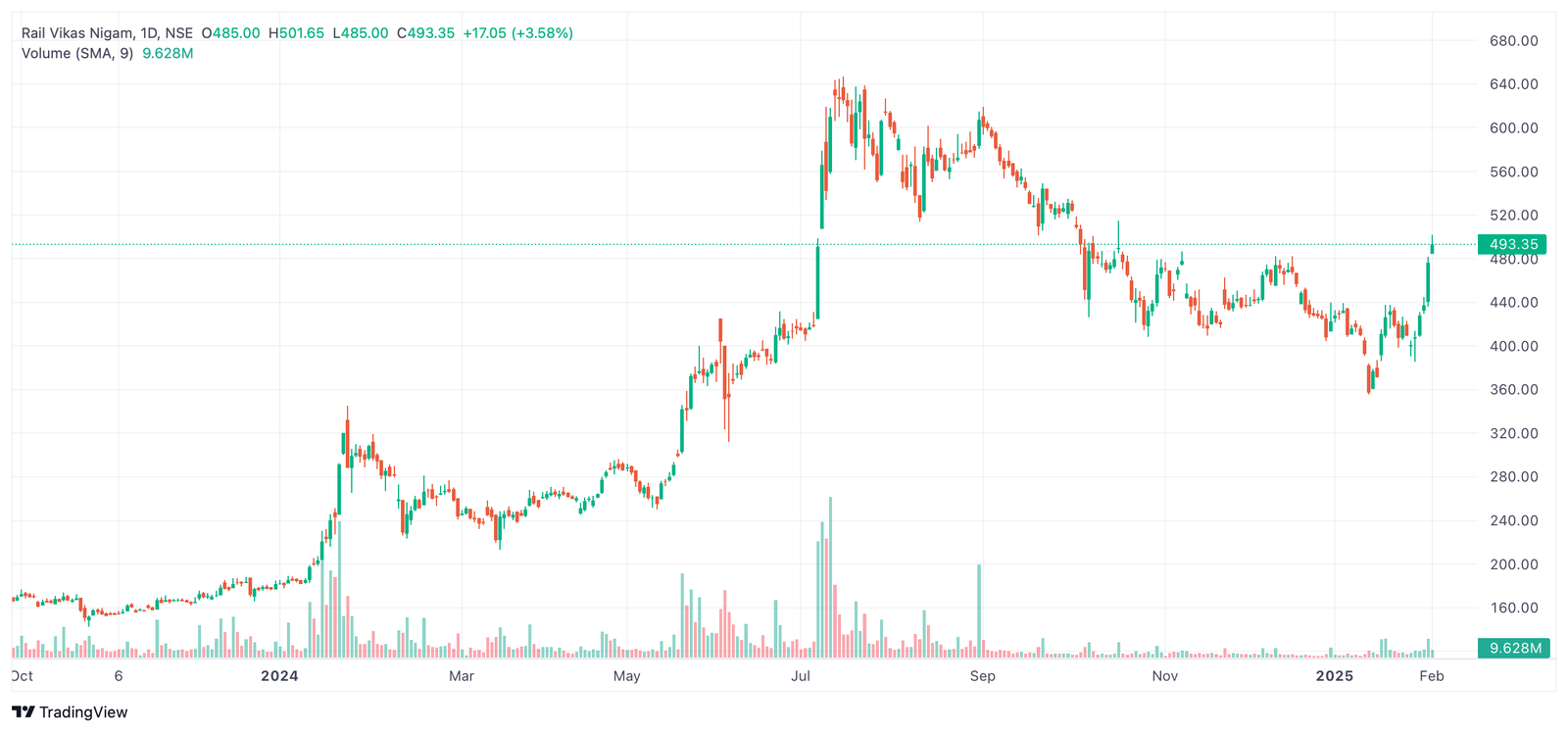The stock market is a dynamic and accessible platform where individuals and institutions can buy and sell ownership stakes in publicly traded companies. For companies, selling stakes—whether through an Initial Public Offering (IPO), a follow-on offering, or private placements—represents an essential means of raising capital for expansion, innovation, or debt repayment. Retail investors, who are individuals buying stocks for personal accounts rather than on behalf of organizations, play a key role in this ecosystem.
This article explores how companies sell their stakes to retail investors in the stock market, the processes involved, and the implications for both companies and investors.
The Basics: What Does Selling Stakes Mean?
When a company sells stakes in the stock market, it is essentially offering pieces of ownership in the form of shares. Each share represents a fraction of ownership in the company, entitling the shareholder to a claim on the company’s profits (through dividends) and, often, voting rights in corporate decisions. Selling stakes allows companies to access funding without taking on debt.
Retail investors, who comprise a significant portion of the investor base, buy shares primarily through stock exchanges like the NYSE, Nasdaq, or other regional exchanges. Companies reach these investors through public offerings and other mechanisms, outlined below.
Mechanisms for Selling Stakes
1. Initial Public Offerings (IPOs)
An IPO is the process through which a private company becomes public by offering its shares to the general public for the first time. This is one of the most prominent ways companies sell stakes to retail investors. The IPO process involves several key steps:
- Engaging Investment Banks:
Companies hire investment banks to act as underwriters. These underwriters help determine the offering price, manage regulatory filings, and ensure that the shares are distributed to institutional and retail investors. - Regulatory Approvals:
The company must file a detailed document called a prospectus with regulatory authorities like the U.S. Securities and Exchange Commission (SEC). This document outlines the company’s financials, risks, and objectives for raising capital. - Roadshows and Marketing:
Companies, along with underwriters, conduct roadshows to generate interest among potential investors, including retail participants. - Allocation of Shares:
Once the IPO is launched, shares are allocated to both institutional investors (e.g., mutual funds, pension funds) and retail investors. Retail investors typically receive a smaller proportion of shares, as institutions often have larger purchasing power.
Retail investors can participate in IPOs by applying for shares through brokerage platforms. However, since demand often exceeds supply, retail allocations may be limited.
2. Follow-On Public Offerings (FPOs)
Once a company is already listed on the stock market, it can raise additional capital by issuing new shares in a follow-on public offering. This process is similar to an IPO but occurs when the company is already public. Retail investors can participate by purchasing these newly issued shares, often at a discounted price.
3. Rights Issues
A rights issue is another method companies use to sell stakes, primarily targeting existing shareholders. In this case, the company offers additional shares to its current shareholders at a discounted price. Shareholders receive “rights” to purchase these shares in proportion to their existing holdings.
Retail investors who already own the company’s stock are given the first opportunity to buy more shares, often making it an attractive deal for them.
4. Offer for Sale (OFS)
An OFS allows promoters or major shareholders of a company to sell part of their holdings to retail and institutional investors. This mechanism is commonly used by government-owned companies or private promoters to reduce their stake in a listed company.
Retail investors can participate in an OFS through stock exchanges, where a portion of the shares is reserved exclusively for them.
5. Stock Market Placements
Private placements or qualified institutional placements (QIPs) allow companies to sell shares to specific investors, including institutions and high-net-worth individuals. While retail investors are less likely to participate in these placements directly, they still play a role when companies subsequently sell shares on the open market.
How Companies Attract Retail Investors
To successfully sell stakes to retail investors, companies employ a variety of strategies:
- Transparency and Credibility:
Retail investors are more likely to invest in companies with strong financials and transparent operations. By maintaining clear and credible communication, companies build trust. - Marketing Campaigns:
Companies often advertise their public offerings to create awareness among retail investors. This includes digital campaigns, advertisements, and outreach through financial news outlets. - Brokerage Partnerships:
Companies collaborate with brokerage firms to ensure that their shares are easily accessible to retail investors. Many brokerages also educate investors about upcoming IPOs and other opportunities. - Investor-Friendly Terms:
Offering shares at competitive prices or providing incentives like dividends can make the stake more attractive to retail investors.
Challenges in Selling Stakes to Retail Investors
While retail investors represent a significant opportunity, reaching them comes with challenges:
- Limited Financial Literacy:
Many retail investors lack the knowledge or experience to evaluate investment opportunities, leading to low participation in certain offerings. - Perceived Risk:
Retail investors may perceive IPOs or equity investments as risky, especially during volatile market conditions. - Allocation Issues:
In high-demand offerings, retail investors may receive fewer shares than requested, leading to dissatisfaction. - Regulatory Compliance:
Companies must navigate strict regulatory frameworks when targeting retail investors, which can add complexity and cost.
Benefits of Retail Investor Participation
For companies, attracting retail investors can offer several advantages:
- Diversification of Investor Base:
Retail investors add diversity to a company’s shareholder structure, reducing reliance on a few large institutional investors. - Market Visibility:
Widespread retail participation increases a company’s visibility and brand recognition. - Stable Shareholding:
Retail investors often hold shares for the long term, providing stability to the company’s stock price.
Conclusion
Selling stakes to retail investors is a crucial aspect of corporate fundraising and a cornerstone of the stock market ecosystem. From IPOs to rights issues and follow-on offerings, companies have multiple avenues to engage retail participants. By ensuring transparency, fostering trust, and offering attractive opportunities, companies can effectively tap into the growing pool of retail investors.
For retail investors, these opportunities represent a chance to participate in the growth story of businesses and benefit from potential capital gains. However, as with any investment, careful analysis and informed decision-making are essential to minimize risks and maximize rewards. With the right approach from both companies and investors, the process of selling stakes in the stock market can drive mutual growth and contribute to a thriving financial ecosystem.
Internal link:- a2znew






